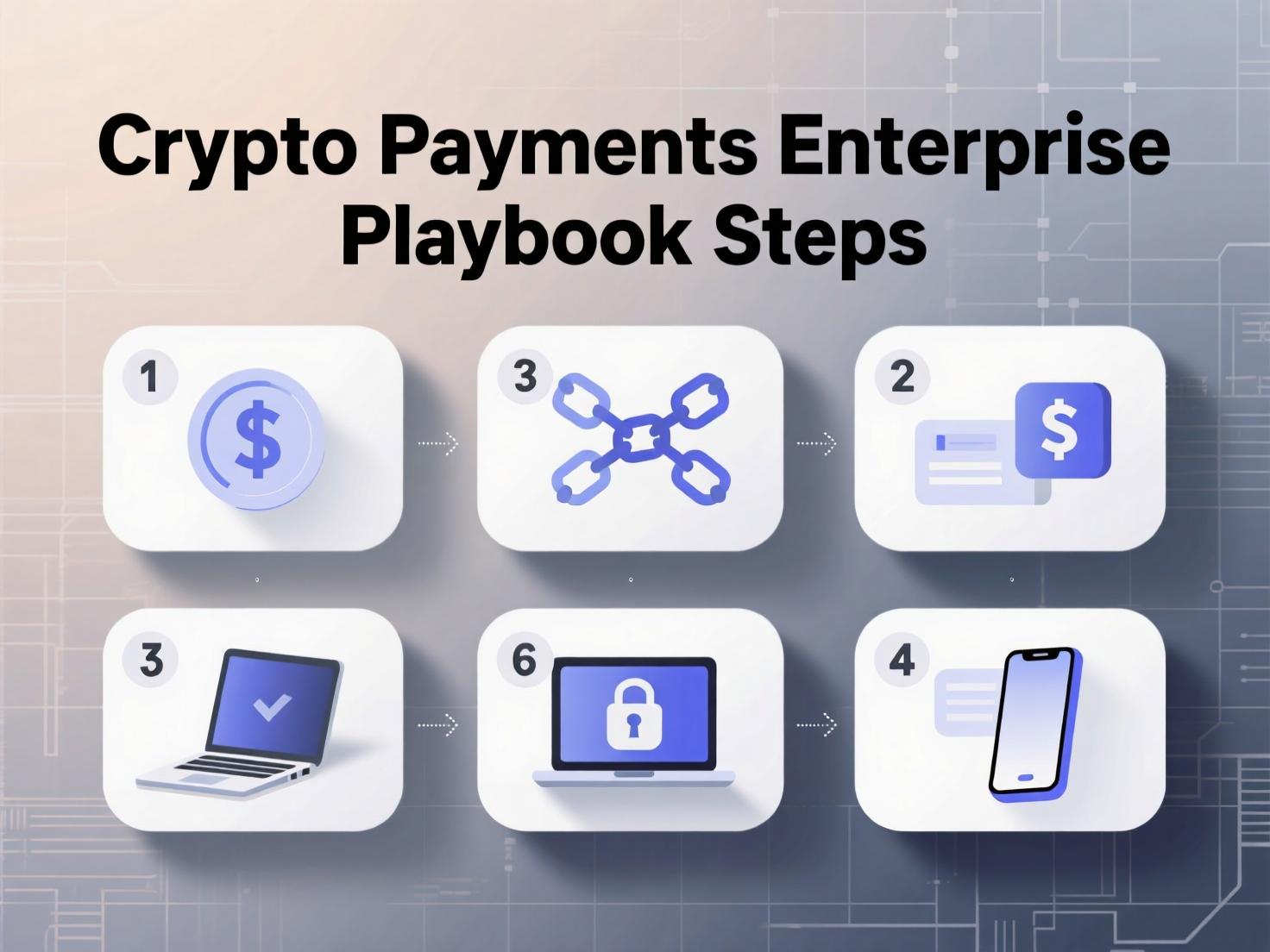In 2025, the global adoption of crypto payments has moved from pilot to production across e-commerce, remittances, and B2B settlement. Stablecoins especially dollar-pegged USDC and PYUSD now underpin practical use cases that reduce FX friction and lower fees. Merchants on platforms like Shopify and processors like Stripe can accept on-chain funds while still receiving familiar fiat payouts, simplifying accounting and compliance.
At the same time, policy clarity is accelerating the global adoption of crypto payments. The EU’s MiCA regime fully switched on for stablecoins in June 2024 and for most crypto-asset service providers from December 2024, while in the U.S., Congress enacted a federal stablecoin framework in 2025. Together, these shifts are nudging banks, PSPs, and enterprises to treat crypto rails as complementary not adversarial to existing payments networks.
This article unpacks where adoption is truly happening (with data), the headwinds that remain, and a practical playbook for merchants and fintechs. If you’re exploring global adoption of crypto payments for checkout, cross-border payouts, or treasury, you’ll find step-by-step actions, FAQs, and a How-To schema you can hand to your dev team.
Adoption Signals You Can Trust
Merchants & platforms: Stripe now supports USDC payments on Ethereum, Solana, Polygon, and Base, auto-settling to fiat; fees are listed at 1.5%. Shopify Payments has enabled USDC on Base at checkout in eligible regions bringing on-chain payments to millions of storefronts. These platform-level integrations are strong signals for the global adoption of crypto payments.
Networks & schemes: Visa expanded its stablecoin settlement support in July 2025 and reports $225M+ in stablecoin settlement volume to date evidence of institutional plumbing forming beneath consumer experiences. Mastercard Crypto Credential also went live with P2P pilots to simplify compliant cross-border transfers.
User adoption: The Gemini 2025 Global State of Crypto survey found ownership climbed in mature markets (US, UK, France, Singapore) from 21% (2024) to ~24% (2025) a small but meaningful uptick supporting the global adoption of crypto payments narrative.
Stablecoins as workhorses: In Western Europe, stablecoins averaged ~52% of transaction share across asset types (≤$1M purchases) between July 2022–June 2024 consistent with their role in payments and settlement.
The Catalyst Behind Global Adoption of Crypto Payments
Clear rules reduce risk premiums and vendor hesitation.
EU MiCA: Stablecoin rules (ARTs/EMTs) have applied since June 30, 2024; most remaining obligations and CASP licensing kicked in December 30, 2024 with 2025 Level 2/3 measures and guidance continuing to roll out. This regulatory backbone is a major driver for the global adoption of crypto payments in the EEA.
US stablecoin law (2025): The GENIUS Act created a national framework for USD-pegged stablecoins and clarified bankruptcy treatment of reserves—strong consumer protection signals that unlock enterprise pilots and merchant settlement in stablecoins.
Policy caution remains: The BIS has raised concerns about stablecoin risks (par convertibility, “singleness of money”). Balanced governance and transparency are still essential to sustain the global adoption of crypto payments.
Where Crypto Rails Win Today
Remittances: Average global remittance cost remains high at ≈6.3–6.5% (Q1 2024–Mar 2025 snapshots). Against this baseline, regulated stablecoin corridors can be materially cheaper and faster, especially for under-banked recipients—supporting the global adoption of crypto payments for P2P and micro-merchant use.
Cross-border settlement: IMF/BIS work notes $2T+ stablecoin gross flows (2024) and sizable crypto cross-border activity still a tiny slice of the $1-quadrillion cross-border market, but growing. That context keeps expectations realistic while validating continued investment.
Merchant fees vs cards: Solana-based integrations on Shopify have processed tens of millions in volume and reported merchant fee savings relative to cards—an incentive accelerating the global adoption of crypto payments, especially for high-margin or global-audience stores.
Case Studies & Examples
Case Study 1 — Platform-Level Enablement (Real-world)
Shopify + USDC on Base (2025): Shopify Payments support for USDC (Base) means merchants can opt-in to an on-chain method within the same admin they use for cards and wallets. Combined with Coinbase’s onchain payment protocol, this de-risks implementation for SMBs and mid-market brands considering the global adoption of crypto payments.
Case Study 2 — Settlement Plumbing (Real-world)
Visa stablecoin settlement (2025): Visa’s settlement expansion and published $225M+ stablecoin volume show that card networks are already integrating tokenized money into back-end flows. This “hybrid” model crypto settlement under a card front-end—accelerates the global adoption of crypto payments without forcing a full merchant behavior change. Visa CorporateVisa
How to Pilot Without the Pain
Define the Job-To-Be-Done
Cross-border checkout uplift?
Lower fees on high-risk/chargeback-heavy SKUs?
Faster settlement in USD-equivalents?
Clarity here ensures your global adoption of crypto payments pilot is measurable.
Choose Rails & Processors
Stablecoin first (USDC/PYUSD) for price stability and accounting simplicity.
Processors: Stripe Crypto (USDC → fiat), Coinbase Commerce (1% fee, with automatic USDC conversion), or vetted Shopify apps.
Map Legal & Tax
If operating in the EU, align with MiCA scopes and CASP requirements; outside the EU, confirm local VASP/PSP rules. This keeps global adoption of crypto payments compliant from day one.
UX Patterns That Convert
Native wallet buttons (e.g., “Pay with USDC”).
Real-time quotes + explicit network (Base/Solana).
Instant receipts and fiat-denominated invoices even when paying on-chain.
Measure
Track authorization→capture success, fee delta vs cards, and refund/chargeback analogs. Many on-chain protocols now mirror card flows (auth/capture, escrow), simplifying ops for the global adoption of crypto payments.

Barriers Slowing the Global Adoption of Crypto Payments
Regulatory fragmentation (non-EU markets still uneven).
User education & wallet UX (seed phrases, gas fees).
Compliance & Travel Rule for cross-border transfers; initiatives like Mastercard Crypto Credential are reducing complexity but coverage is still expanding.
Policy risk: central bank and BIS skepticism requires robust disclosures and high-quality reserves for stablecoins.
Phases for Enterprises and Marketplaces
Discovery (0–30 days): Compliance review; choose USDC rails; define 1–2 corridors.
Pilot (30–90 days): Add USDC to checkout for cross-border segments; cap exposure; auto-convert to fiat.
Scale (90–180 days): Expand corridors, add payouts to creators/sellers; explore Sunday/holiday settlement benefits.
Optimize (ongoing): Negotiate fees; enable loyalty overlays; integrate dispute/escrow flows. The endgame is pragmatic global adoption of crypto payments not maximalist replacement of cards.

Final Words
The global adoption of crypto payments in 2025 is real but pragmatic. Stablecoins now power lower-cost remittances and merchant settlement, while card networks, PSPs, and platforms thread crypto rails under familiar front ends. Regulation in major markets—MiCA in Europe and a U.S. stablecoin law reduces uncertainty, encouraging enterprises to test and scale. Challenges remain: UX, policy risk, and global fragmentation.
Yet the direction of travel is clear: crypto rails will increasingly complement existing systems where they deliver speed, transparency, and meaningful fee savings. Pilot with stablecoins, measure outcomes, and integrate with your current PSP stack. That’s how you participate in the global adoption of crypto payments without betting the company.
CTA: Want a pilot plan tailored to your region and stack? Get a 30-minute roadmap audit to launch global adoption of crypto payments for your business.
FAQs
Q . How do I start accepting crypto payments on Shopify or my custom site?
A . Opt into USDC on Base via Shopify Payments (where available) or add a processor like Stripe Crypto or Coinbase Commerce for stablecoin checkout. Keep fiat settlement to simplify accounting and taxes.
Q . How much cheaper are stablecoin payments than cards?
A . It varies. Stripe lists 1.5% for stablecoin acceptance; Coinbase Commerce advertises 1%. Some on-chain rails reduce interchange-like costs, but you’ll still incur processor fees and spreads. Always compare your card effective rate to crypto rails.
Q . How does regulation affect the global adoption of crypto payments?
A . MiCA (EU) and the 2025 U.S. stablecoin law are pushing standards for reserves, disclosures, and licensing. Clearer rules unlock enterprise adoption and banking partnerships.
Q . What about stablecoin risks flagged by central banks?
A . BIS warns about par convertibility and reserve quality. Choose reputable issuers, monitor attestations, and minimize balance-sheet exposure by auto-settling to fiat.
Q . How can crypto help with cross-border payments?
A . On chain transfers can be faster and cheaper than legacy systems in some corridors. IMF/BIS work highlights rising stablecoin flows—still small vs. the $1-quadrillion cross-border market, but growing.
Q . How do refunds and disputes work?
A . Modern on-chain protocols can mimic authorize/capture and escrow patterns. Your provider should expose APIs for holds, partial captures, and refunds to the original wallet.
Q . How are remittance costs trending in 2025?
A . Global average costs remain elevated (~6–6.5%), especially for Sub-Saharan Africa. This keeps pressure on providers and supports trials using stablecoins.
Q . How does Mastercard Crypto Credential help compliance?
A . It standardizes identity and Travel Rule data exchange so senders/receivers know if the destination can accept a given asset/chain—reducing mis-sends and compliance friction.
Q . Is the global adoption of crypto payments replacing cards?
A . Not in 2025. Expect coexistence. Card networks are integrating stablecoin settlement; merchants will mix methods based on economics, risk, and UX.


